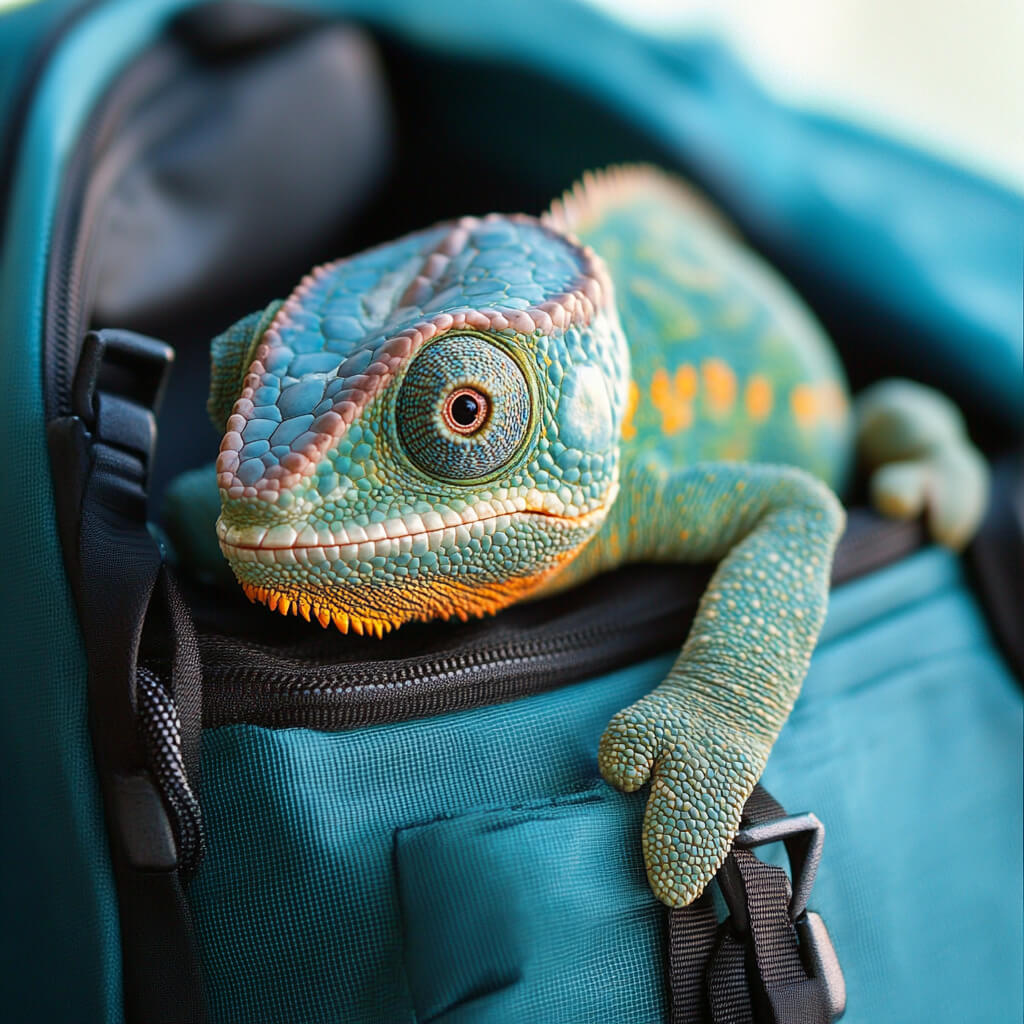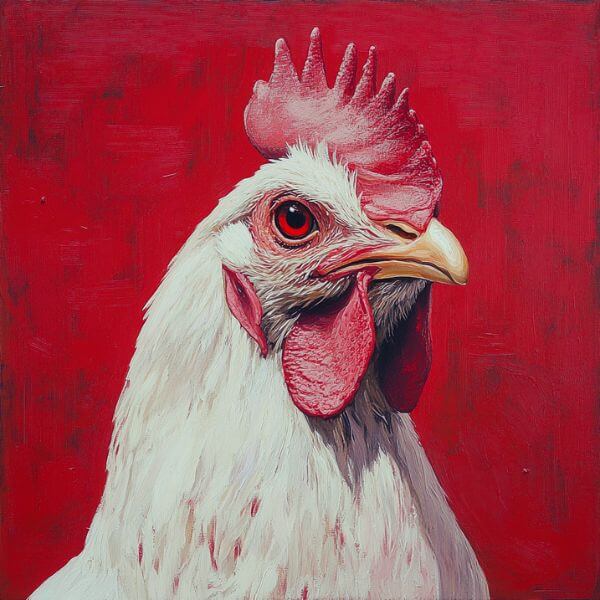It’s not a good idea for chameleons to eat centipedes. Here’s why:
- Size: Some centipedes can be too big for chameleons to handle.
- Toxicity: Many centipedes are venomous, which can be dangerous for your pet.
- Nutritional value: Centipedes aren’t the best food choice for chameleons.
It’s best to stick to safer, more nutritious options for your scaly buddy.
Understanding Chameleon Feeding Habits
In the wild, chameleons are like tiny hunters.
They love to catch and eat all sorts of bugs.
Here’s a fun fact: different chameleon species might prefer different snacks!
| Common Chameleon Snacks in the Wild |
| Crickets |
| Flies |
| Grasshoppers |
| Moths |
| Small lizards (for bigger species) |
But when we keep chameleons as pets, we need to be extra careful about what we feed them.
Safe insects for chameleons are super important to keep them healthy and happy.
Risks of Feeding Centipedes to Chameleons
Let’s break down why centipedes aren’t the best snack for your chameleon:
Centipede Toxicity and Venom
Centipedes aren’t just creepy crawlers; they’re also armed with venom!
This venom helps them catch their own food, but it can be bad news for your chameleon.
Even if the centipede doesn’t bite your pet, the toxins in their body could make your chameleon sick if eaten.
Potential Digestive Issues for Chameleons
Centipedes have hard exoskeletons that can be tough for chameleons to digest.
This could lead to tummy troubles for your pet, and nobody wants a chameleon with a stomach ache!
Size-Related Risks and Choking Hazards
Some centipedes can be pretty big, and chameleons might try to eat prey that’s too large for them.
This could cause choking or other injuries.
It’s always better to feed your chameleon insects that are the right size for them.
Chameleon Hunting Behavior and Centipedes
Chameleons are amazing hunters with some cool tricks up their sleeves (or scales).
They have super-long tongues that can shoot out to catch bugs.
But when it comes to centipedes, this hunting style might not work so well.
| Chameleon Hunting Facts |
| Tongue can be twice body length |
| Eyes move independently |
| Can see ultraviolet light |
| Wait-and-ambush strategy |
Centipedes are fast and can fight back, which makes them tricky and dangerous prey for chameleons.
It’s best to let your pet hunt safer, easier-to-catch insects instead.
Safe Alternatives to Centipedes
Don’t worry! There are lots of yummy and safe insects your chameleon can enjoy.
Let’s look at some good options:
Nutritional Comparison of Safe Feeder Insects
| Insect | Protein | Fat | Calcium |
| Crickets | High | Low | Low |
| Dubia Roaches | High | Low | Medium |
| Mealworms | Medium | High | Low |
| Waxworms | Low | High | Low |
| Silkworms | High | Low | High |
As you can see, different insects offer different nutrients. It’s good to mix it up!
Commercially Available Insects for Chameleon Diets
You can find many of these safe insects at pet stores or online:
- Crickets
- Dubia roaches
- Mealworms
- Waxworms (as a treat)
- Silkworms
- Hornworms
Remember to dust these insects with calcium powder before feeding them to your chameleon. It’s like a vitamin sprinkle for your pet!
Species-Specific Considerations
Not all chameleons are the same size or have the same diet. Here’s a quick look at some popular pet chameleon species and their food preferences:
| Chameleon Species | Size | Preferred Prey Size |
| Veiled | Medium to Large | Medium insects |
| Panther | Large | Medium to large insects |
| Jackson’s | Small to Medium | Small insects |
Always research your specific chameleon species to know what’s best for them.
Guidelines for Feeding Pet Chameleons
Feeding your chameleon right is key to keeping them healthy. Here are some tips:
- Offer a variety of insects
- Feed young chameleons daily, adults every other day
- Dust insects with calcium powder 3-4 times a week
- Provide a multivitamin supplement once a week
- Remove uneaten insects after feeding time
When to Consult a Veterinarian
Sometimes, even with the best care, your chameleon might have health issues. Here are some signs that it’s time to see a vet:
- Not eating for several days
- Sunken eyes
- Weakness or lethargy
- Change in poop color or consistency
- Swelling or lumps on the body
When in doubt, it’s always better to check with a reptile vet to keep your chameleon in tip-top shape!
FAQs
Are centipedes toxic to chameleons?
Yes, many centipedes are venomous and can be toxic to chameleons. It’s best to avoid feeding them to your pet.
What insects are safe for chameleons to eat?
Safe insects include crickets, dubia roaches, mealworms, and silkworms. Always choose insects raised specifically for pet food.
How often should I feed my chameleon?
Young chameleons should be fed daily, while adults can be fed every other day. Always follow guidelines for your specific species.
Can chameleons eat wild-caught insects?
It’s not recommended. Wild insects might carry parasites or pesticides that could harm your chameleon.
What size of prey is appropriate for my chameleon?
A good rule of thumb is to offer insects no larger than the space between your chameleon’s eyes.
Conclusion
While chameleons are amazing insect-eaters, centipedes are not on the menu.
Stick to safe, nutritious insects from pet stores, and your chameleon will be one happy camper.
Remember, being a good chameleon parent means providing the right food, habitat, and lots of love.
Keep learning about your scaly friend, and you’ll have a fantastic time watching them grow and thrive!







Leave a Reply